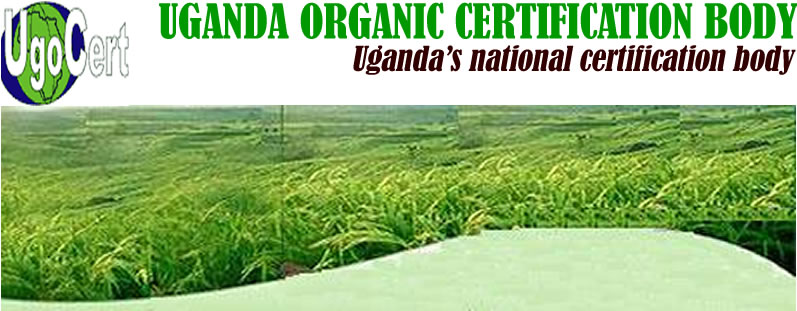Are your organic standards up to par? The Organic Trade Association (OTA) has just released a guide that will help farmers and processors make sure their organic standards are up to par. The guide covers everything from soil health to preventing cross-contamination.
What are organic standards?
Organic standards are designed to ensure that food products are free from harmful chemicals, pesticides, and other contaminants. They are based on a farmer’s adherence to specific organic practices, which include taking steps to improve the health of their soil.
How is organic farming different from other farming practices?
Organic farming practices are intended to improve soil health and protect crops from contaminants. Organic farmers must follow specific guidelines for growing and processing their crops. To be certified as an organic farmer, farmers must follow certain guidelines for growing and processing their crops. These guidelines include things like using organic methods of pest control, utilizing organic fertilizers, and managing water resources in a way that promotes soil health. Organic standards are difficult to meet, but the benefits of organically grown food are numerous.
One of the main benefits of organic farming is that it helps preserve the environment. By limiting the use of synthetic pesticides and herbicides, organic farmers help to protect beneficial insects and other organisms. Additionally, organic farming practices often result in smaller yields than conventional farming, but this can be offset by the increased sustainability of the food. Additionally, organic standards often result in foods which are more nutritious than their conventionally grown counterparts. In addition, many people believe that organically grown foods are tastier than their conventionally grown counterparts.
Despite its many benefits, there are also several challenges associated with organic farming. For one, organic standards often require greater effort from farmers than conventional farming practices. Additionally, organic crops can be more vulnerable to pests and other environmental challenges. Another challenge is that not all consumers are familiar with the difference between organically and conventionally grown foods. Additionally, the costs of Organic farming can be higher than conventional farming practices. While these costs may be offset by the higher quality of the food, they can still be a barrier to entry for some farmers.
What are the main types of organic certification?
There are three main types of organic certification: national, regional, and sub-regional.
National and regional certification require compliance with specific standards, while sub-regional certification is less stringent.
To be certified as an organic farmer, you must meet the requirements of both national and regional certification bodies.
There are a number of ways to become certified as an organic farmer.
The benefits of being certified as an organic farmer include increased yields, lower health and environmental costs, and reduced dependence on chemical fertilizers and pesticides.
The main challenges to organic farming include difficulty in Finding quality local ingredients, the need for careful soil management, and the risk of cross-contamination.
How do organic farmers ensure their crops are free from contaminants?
To be certified as an organic farmer, farmers must take specific steps to ensure their crops are free from contaminants. This process can include using specific practices during the growing season, keeping soil healthy and free of harmful pests, and using natural pest control methods. The benefits of organic farming include lower environmental impact and higher yields than conventionally-grown crops. The main challenges of organic farming include difficulties in maintaining standards during times of drought or floods, and reliance on costly yet environmentally-friendly pest control methods.
What are the benefits of organic farming?
Organic farming is more sustainable than conventional farming because it uses less pesticides and herbicides. It also helps to protect the environment because organic crops are typically higher in nutritional value and don’t require as much water to be grown. Furthermore, organic farming can help to prevent cross-contamination, which is important for food safety.
While there are a few challenges that go along with organic farming, such as increased costs, they overall provide many benefits that make it an environmentally preferable option over traditional farming practices.
What are the challenges of organic farming?
There are many challenges associated with organic farming, including the higher cost of organic produce and the need for more land to grow organic crops. Additionally, organic crops may not be as drought-resistant as conventionally grown crops, and organic soils can be less fertile than conventional soils. Pests and diseases that are not endemic to organic farming practices can also pose a significant challenge for organic farmers.
What are the steps farmers and processors should take to meet organic standards?
Organic farmers and processors take a number of steps to make sure their crops are free from contaminants. Some of the most important steps include ensuring their soil is healthy and free from contaminants, following specific farming practices to prevent cross-contamination, certifying their crops as organic, and monitoring the quality of their crops throughout the production process. Organic farming can be challenging, but it has many benefits that make it a preferable choice over traditional farming practices.
Organic farming practices are important because they protect the environment and help reduce the amount of chemical and other pollutants in the food we eat. The OTA’s guide can help farmers and processors make sure their organic standards are up to par, and the benefits of organic farming are clear.
- The Importance of Maintaining a Healthy and Balanced Ecosystem: How it Benefits Us and the Environment
- The Importance of Embracing Environmentally Sustainable Practices for a Greener Future
- Learn How to Check for Soil Health Issues and Improve Your Garden’s Productivity
- The Latest Developments Elsewhere: Exploring the Exciting Advancements in Various Fields
- The Importance of Soil Health and Nutrient Management: Enhancing Crop Productivity and Sustainable Agriculture






